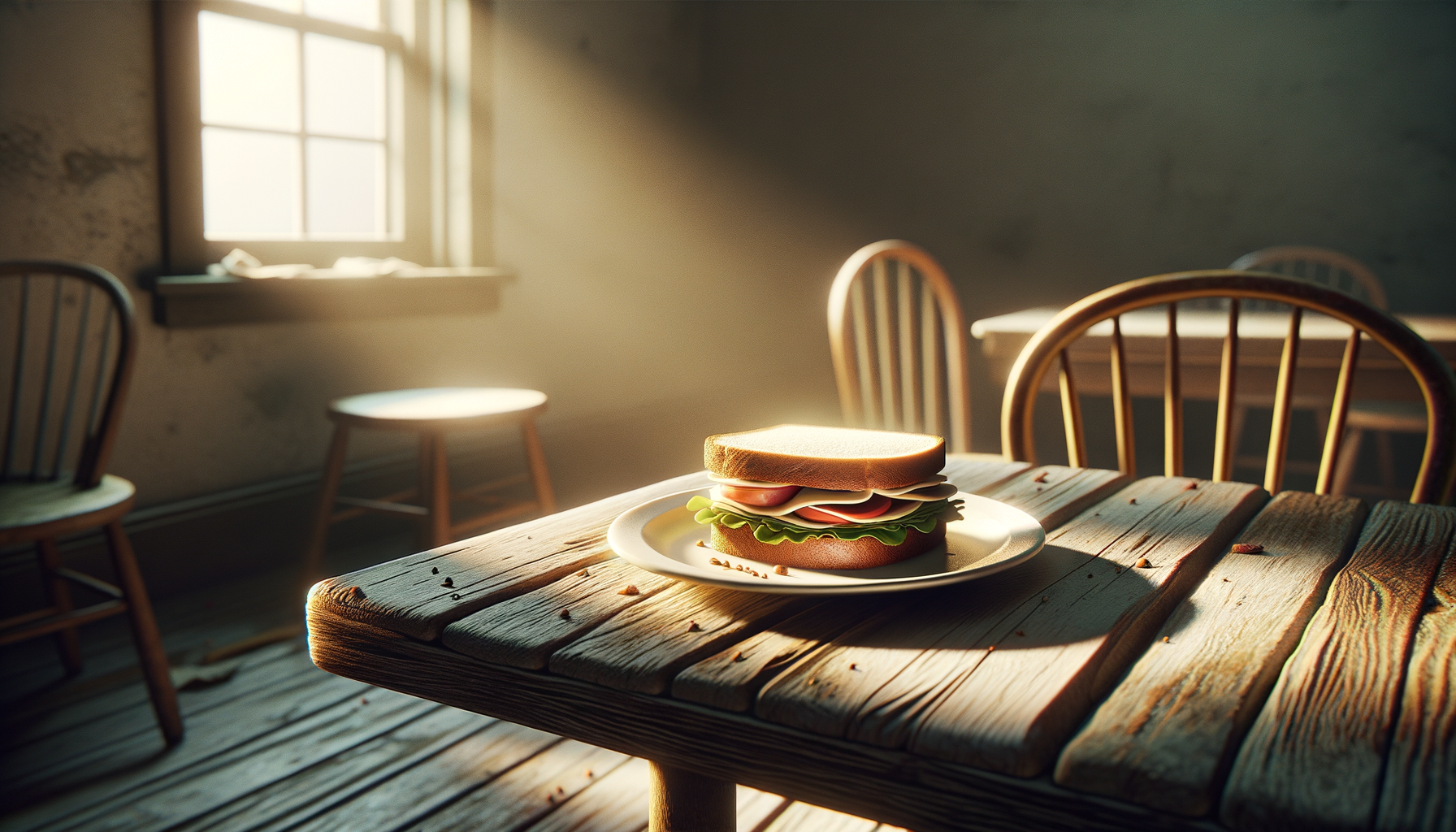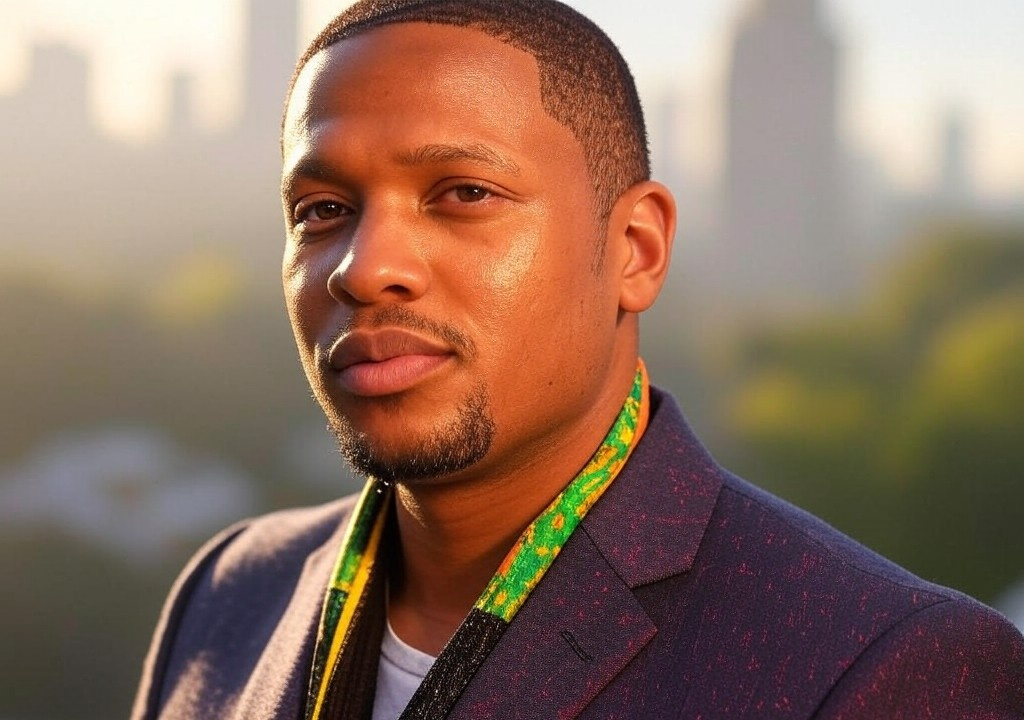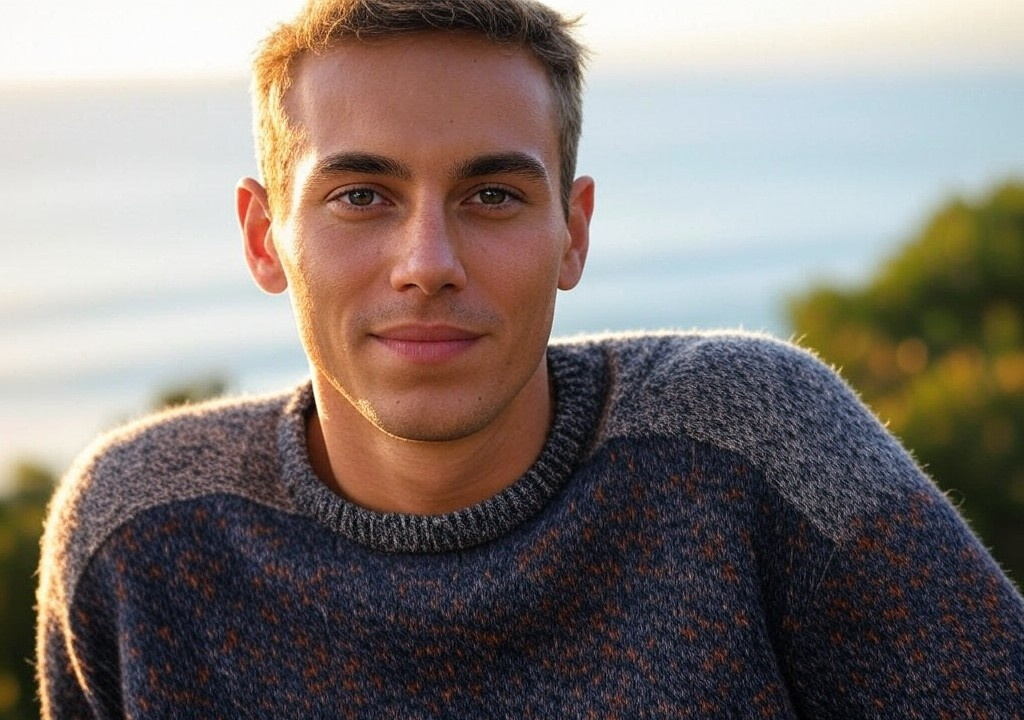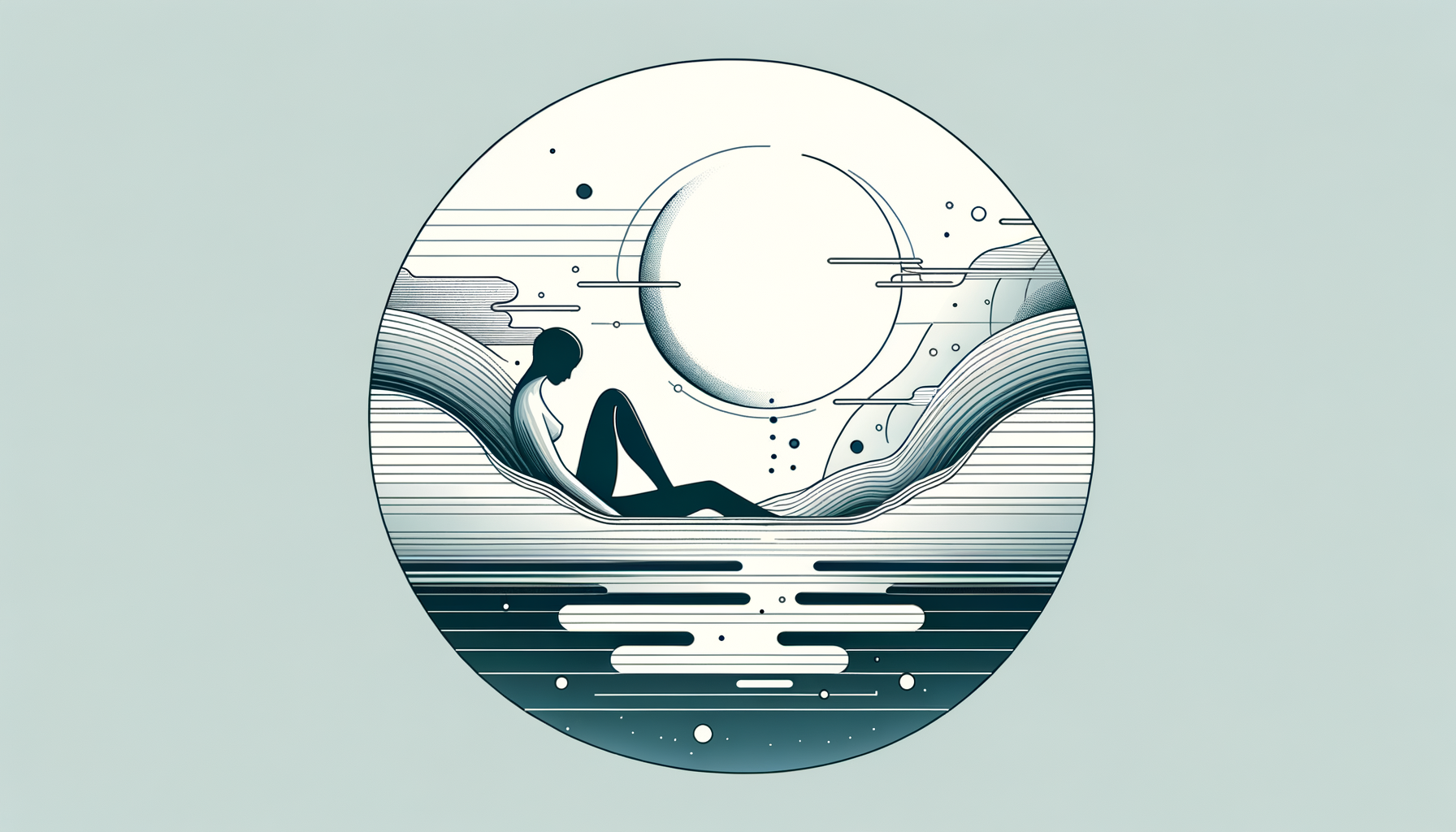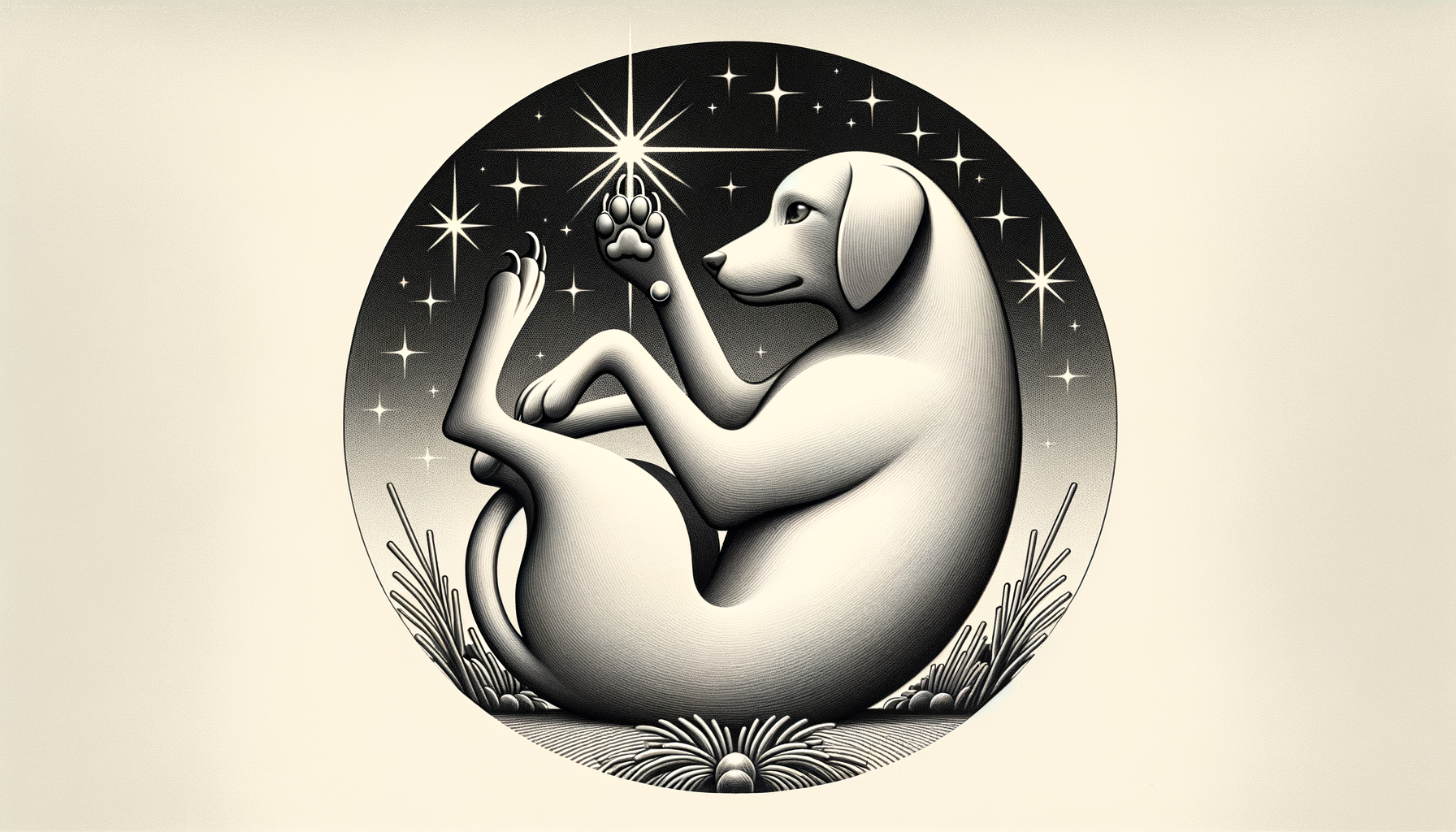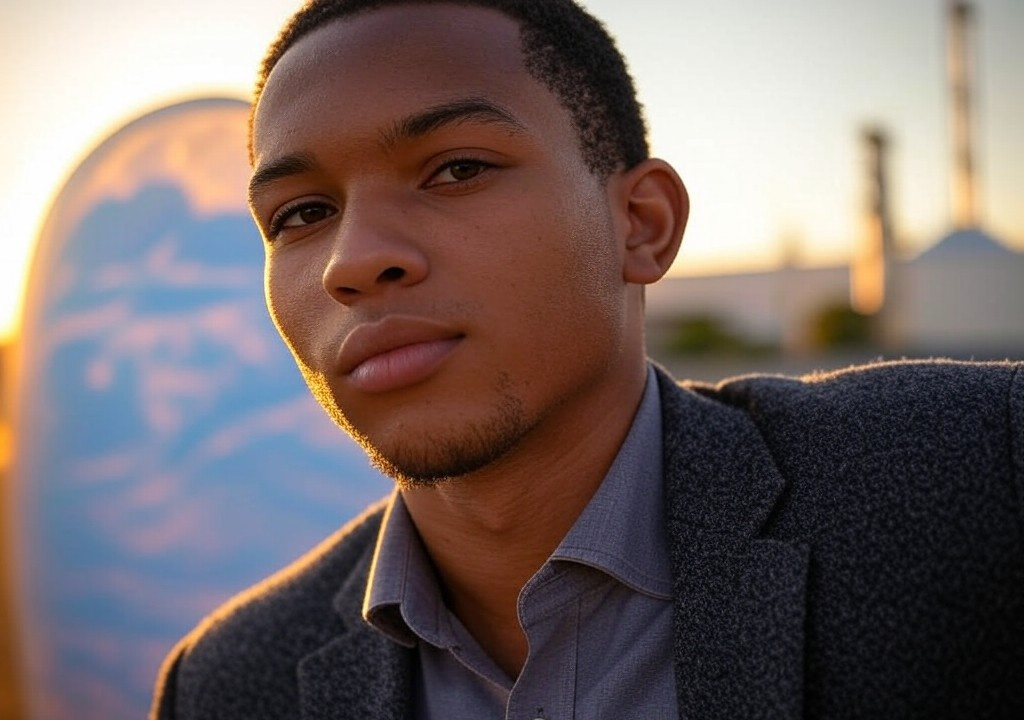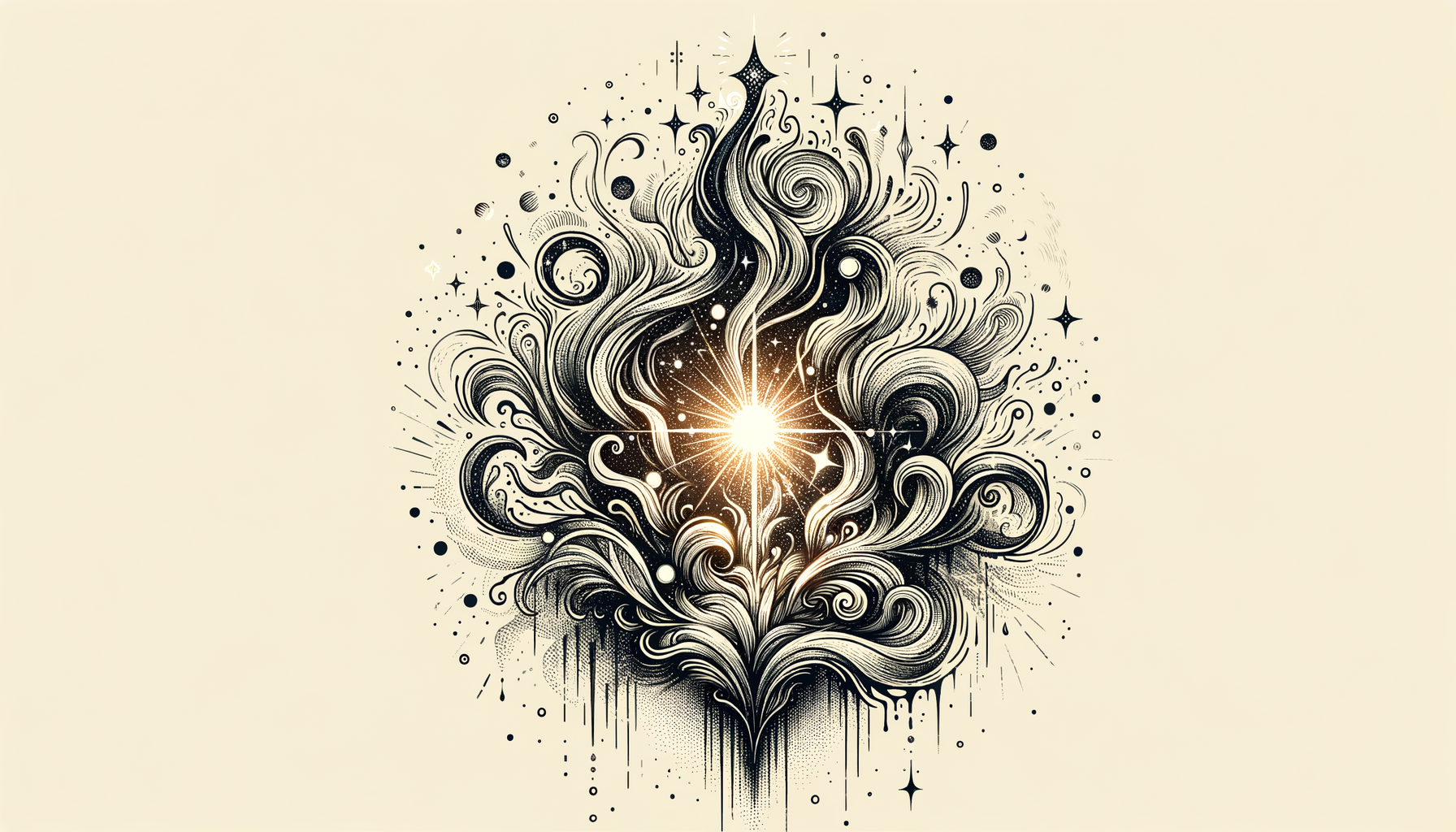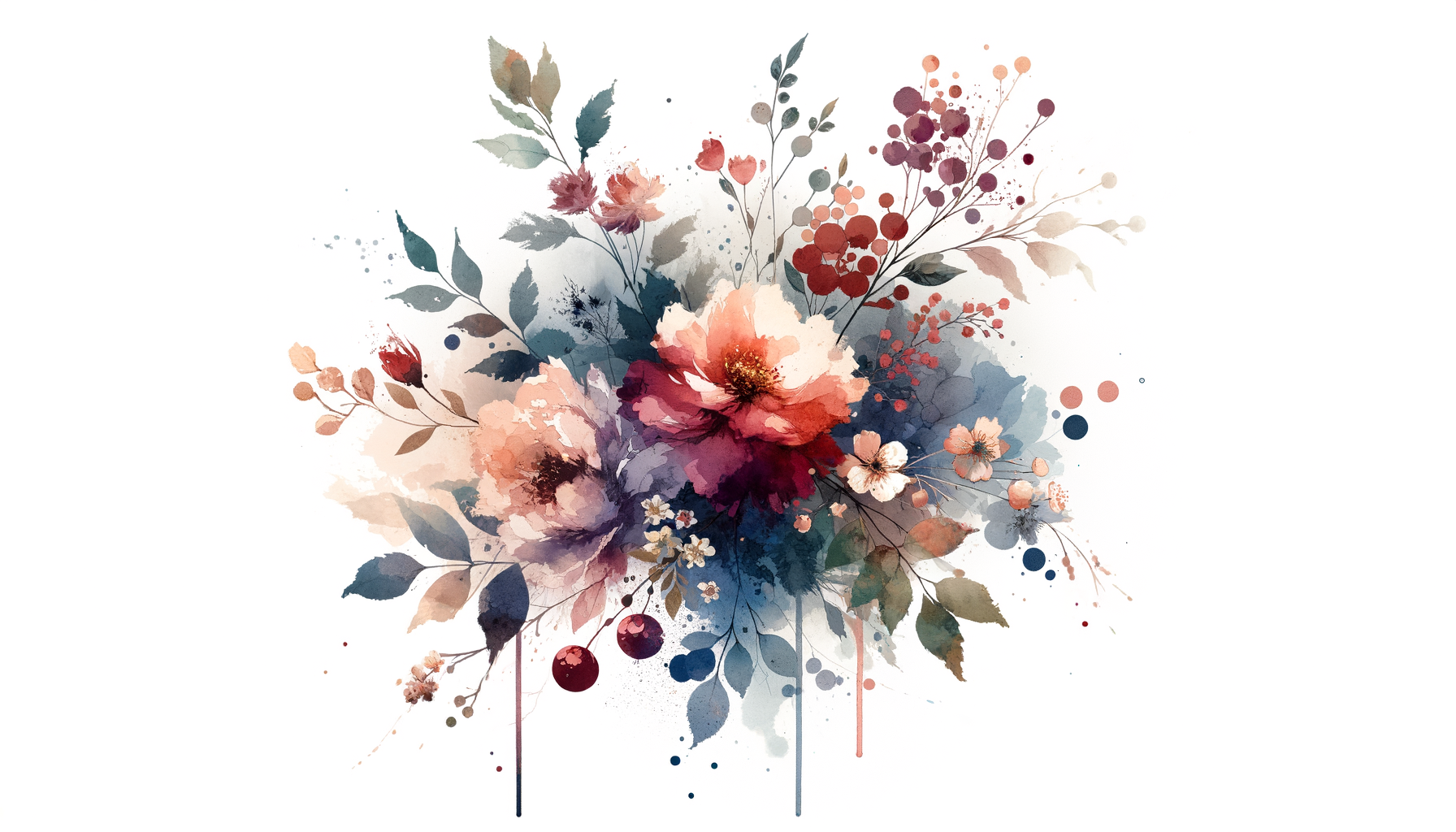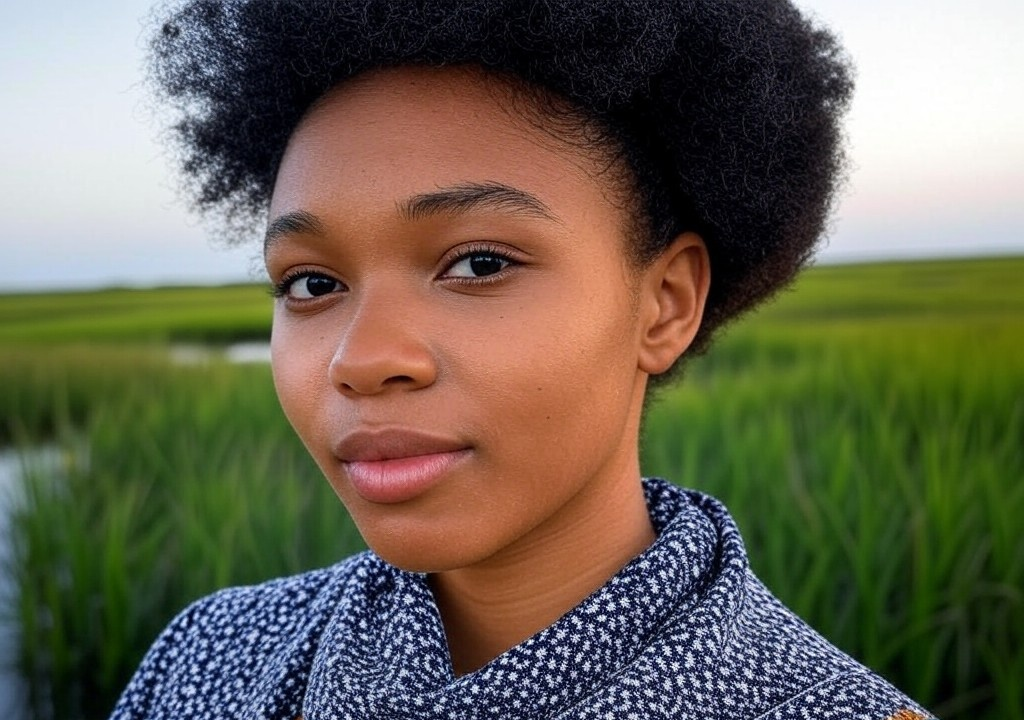When I was six, I was cast as a tree in the school play. Not the lead character’s wise, magical confidante—just a tree. My role consisted of standing still and swaying when the “wind” (a teacher wafting a piece of cardboard) blew through the “forest.” Easy, right? Wrong. Because the second the auditorium lights dimmed and the crowd murmured into silence, I froze. Not the deliberate sway of an oak in late autumn—no, I became a petrified, human-shaped bonsai.
That’s my earliest encounter with stage fright, and, spoiler alert, it’s never entirely gone away. In fact, that fluttery, stomach-twisting sensation of stepping into the unknown—whether it’s in front of an audience, at a first date, or by hitting “send” on a particularly vulnerable text—is still with me, decades later. The difference now is that I do it anyway. Not because I’m a glutton for punishment, but because I’ve learned (the hard way) that what scares me the most is often exactly what I need to lean into.
Here’s why—and how—you might just want to consider doing the same.
The Fear Factor
Let’s start here: why are the things that truly scare us so universally terrifying? Whether it’s public speaking, opening up in a new relationship, or finally watching Hereditary alone at night (note to self: still not ready), fear thrives in the unknown.
Taking a risk is like stepping off a cliff blindfolded—except, instead of landing on jagged rocks below, you might find yourself on a bouncy castle. Or caught in a safety net. Or floating mid-air because—surprise!—you had a parachute strapped to your back the whole time. The problem is, most of us get stuck peering over the edge, paralyzed by what-ifs.
For me, a major what-if was sharing the more vulnerable sides of myself with others. I grew up in a town (okay, Beverly Hills) where everyone’s life looked spray-tanned to perfection. Families hosted fundraisers for politicians and posed for holiday cards in matching ensembles so fabulously coordinated it would make Wes Anderson jealous. Vulnerability wasn’t exactly trending. I spent years playing my part: smiling at Shabbat dinners, swapping light-hearted banter at premieres, and skating over anything too raw or unpolished.
But eventually, I realized that keeping myself wrapped up like a shiny present wasn’t protecting me at all. It was suffocating me. Which led me to one blaring, neon-lit truth: the scarier something feels, the more potential it holds to help us grow.
Why Fear is Actually Your Friend (No, Really)
Fear doesn’t always mean danger—it often signals opportunity. Kind of like when someone texts, "We need to talk," and your stomach flips... but then it ends with, “I’ve been meaning to tell you I really like you.” Fear asks you to pay attention, to get curious about what’s happening beneath the noise. Here are a few lessons I’ve picked up while wearing my own metaphorical blindfold:
-
It keeps you honest. Fear has a way of stripping down the fluff and getting to the core of your priorities. (The fluff, in my case, was pretending I enjoyed screenwriting when prose secretly lit me up.) If the thought of doing something makes your pulse race, chances are it’s worth unpacking why.
-
It gives you clarity. Ever notice how after you confront something scary—be it a difficult conversation, a blind date, or trying hot yoga—you usually walk away with a better sense of who you are? Fear forces us to check in with ourselves and ask hard questions. What do I really want? Why does this matter to me? (And for hot yoga: Why didn’t I just stay home?)
-
It helps you level up. Every time you push through fear, you prove to yourself that you can survive it. Confidence isn’t something you stumble upon—it’s built by surviving those oh-crap-why-did-I-do-this moments and living to tell the tale.
My Most Terrifying Moments (and What They Taught Me)
To illustrate, let’s take a stroll down Becca’s Hall of Fear-Induced Fame:
-
Sending That Text to My Crush.
We’ve all been there, hovering over our phones like Hamlet deciding the fate of poor Yorick’s skull. Do I send it? Is it too much? Too soon? What if they don’t reply? The act of pressing send on an “I’d love to see you again” text felt like tossing my heart into the void. But guess what? They replied. And even in times when they didn’t, the world didn’t crumble. (Turns out, surviving rejection is a superpower.) -
Embracing Public Fails.
One time, I joined an improv class in West Hollywood on a dare. I walked in full of La La Land fantasies and walked out wishing I could bury myself in the popcorn machine. The thing is, every heart-thudding moment of discomfort in that class challenged me to take myself less seriously. If you can survive your own internal cringe reel, suddenly an awkward moment on a first date doesn’t feel so catastrophic. -
Showing up as Myself.
Here’s the hardest one: learning how to peel back the layers of “fine, thanks!” and showing the real, messy, sometimes sad-meets-anxious-me sides too. Whether it’s with friends, family, or someone you’re newly dating, vulnerability asks us to stop auditioning for approval and just... exist. You’d think the child of Hollywood producers wouldn’t need this reminder, but trust me, it’s still a work in progress.
How to Do What Scares You (Without Losing All Your Chill)
If I’ve learned anything, it’s that courage doesn’t mean fear evaporates—it means you stop letting it make your decisions. Here are a few tips for navigating fear without becoming a sweaty, panicked tree onstage:
-
Break it into baby steps.
You don’t have to leap from zero to skydiver overnight. Start by asking yourself, “What’s one small move I can make in the direction of this thing that scares me?” For me, that looked like pitching a vulnerable story to a publication (ahem) before sharing it with a broader audience. -
Reframe the stakes.
Fear likes to convince us that one misstep equals total disaster. Spoiler alert: it rarely does. Ask yourself, “What’s the worst-case scenario, and can I handle it?” Nine times out of ten, the answer is a resounding yes. -
Cheer yourself on.
Channel Olivia Rodrigo, your best hype friend, or that TED Talk you keep saved on your browser tab for moments of doubt. Remind yourself that you’ve dared, stumbled, and triumphed before—and you will again.
The Brave Thing is Just Showing Up
Doing what scares you the most doesn’t mean conquering the fear altogether (I still get clammy palms when I share a piece of my writing, FYI). It means showing up, even knowing you might falter, stammer, or flop. Because on the other side of fear, there’s often something incredible—a new opportunity, a deeper connection, or just the quiet satisfaction of knowing you did the thing.
So whether your “thing” is finally signing up for that painting class, telling someone how you really feel, or just saying yes to a second date—you’ve got this. Because the scariest moves are often the bravest. And bravery, much like dancing terribly in public or trying to fold a fitted sheet, usually earns a standing ovation. Keep swaying in the breeze—bonsai or not.




